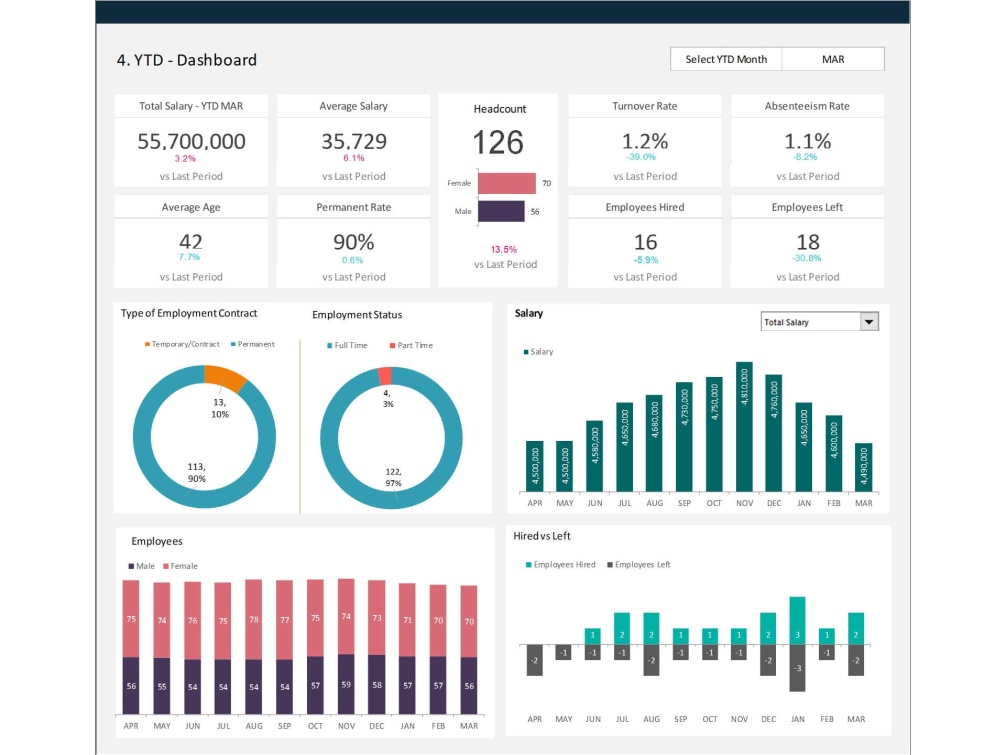Before you get too excited about dashboards and start wondering how you can connect your data sources to the dashboard, it’s essential to know why you would want to do so in the first place.
There are three primary benefits of creating a dashboard for your financial information. Dashboards help you eliminate any chances of ‘user errors’, view all of your data in one place, and uncover any hidden connections between the data sets.
As a result, a dashboard makes your data reporting system far more accurate and efficient. This further enables you to make smarter BI decisions.
Connecting the dots
There is something a dashboard does that no other platform is possibly capable of. It lets you feed all of your data sets into a single pool of data. This way, you can connect the data sets, compare them, and devise connections between the metrics.
Here’s an example: For instance, your sales department saw a 20% increase for a certain quarter. However, this information isn’t enough to help you gain any useful insights or make any decisions. This is where a dashboard comes into play. When you feed in multiple chunks of data into the same dashboard, you’re more likely to figure out what caused the rise.
If you plug in HR-related data into the dashboard, maybe you could figure out that the sales rise occurred right after you implemented a sales training. This means that the staff is responding well to such training sessions and it’s about time the company invests in frequent sessions.
Everything in a single place
Looking for the right kind of information could be challenging if you’re in the middle of a meeting and the client asks for it. Companies have extensive databases that encompass millions of data figures, and it’s not always easy to rummage through these.
You need the right tools to filter out important information and separate it from what you don’t need. To make things easier, a dashboard keeps all of your reports in a single, easy-to-access location.
Your clients, investors, and other stakeholders don’t need to surf through the entire company Annual Report to find how well the company did in a certain quarter. A single financial dashboard will explain the company’s profitability, liquidity, and turnover profile in a single glance—without making it look like a mess or an information clutter. The same information can be viewed and accessed through different computers, tablet devices, and phones.
Seek help!
Now that you are aware of the benefits of a dashboard for financial reporting start creating one on your own. Biz Infograph has a wide range of pre-designed, eye-catching dashboard templates to let you build your own financial dashboard quickly. Your data is the most valuable asset that your business owns.
At Biz Infographic, we are helping you organize the data and gain valuable insights from it. We are also offering PowerPoint templates to help you make visually appealing presentations. Let’s get started!
